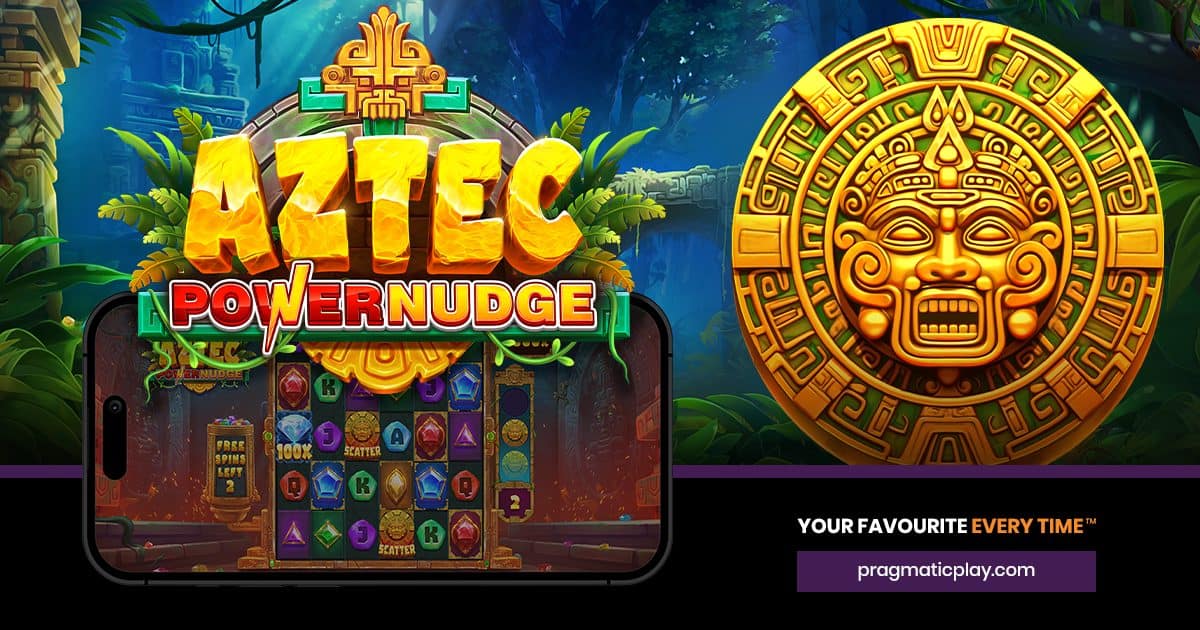Pragmatics and Semantics
Many modern philosophical perspectives focus on semantics. Brandom for instance is focused on the meaning of words (albeit from a pragmatic viewpoint).
Others take a more comprehensive perspective on pragmatics, such as relevance theory, which seeks to understand the of the processes that lead to an utterance being made by a hearer. This approach tends to ignore other elements of pragmatics, such as epistemic discussions about truth.
What is pragmatism?
Pragmatism is a philosophical outlook that offers a viable alternative to continental philosophy and analytic philosophy. Charles Sanders Peirce was the first to introduce it and William James extended it. Later, Josiah Royce developed the philosophy. It had a significant impact on areas of inquiry that span from theology to philosophy of science however, it also found a place within the philosophy of ethics and politics, aesthetics, philosophy of language and social theory. The pragmatist tradition continues develop.
The pragmatic maxim is at the center of classical pragmatism. It is a rule that clarifies the meaning of hypotheses through their 'practical implications' or their implications for the experience of specific situations. This is the basis for an epistemological view that is a form of 'inquiry based epistemology,' and an anti Cartesian explanation of the norms that govern inquiry. The early pragmatists were divided on whether pragmatism was a science-based philosophy that embraced the view that truth is a monism (following Peirce) or a broad alethic pluralitism (James and Dewey).
One of the major concerns for pragmatist philosophers is how to understand knowledge. Some pragmatists, such as Rorty tend to be skeptical of any notion of knowledge based on'instantaneous experiences. Others, like Peirce or James, are skeptical of the correspondence theory, which asserts that the most authentic beliefs are those which accurately reflect reality.
Other pragmatism-related issues include the relationship between reality and beliefs, the nature of human rationality, the significance of virtues and values, and the nature of life. Pragmatists have also come up with a wide range of methods and ideas in fields such as semiotics, philosophy of language, the philosophy of religion as well as ethics, philosophy of science and theology. Some, like Peirce and Royce are epistemological relativists. However, others contend that this kind of relativism is completely wrong. A renewed the classical pragmatism movement in the latter part of the 20th century resulted in a number of new developments, such as the 'near-side' pragmatics which is concerned with resolution of ambiguity and vagueness as well as the use of proper names, indexicals, demonstratives, as well as anaphors, and a 'far-side' pragmatics that looks at the semantics of discourses.
What is 프라그마틱 무료 between what you say and what you do?
Semantics and Pragmatics can be viewed as being on opposite sides of the continuum. On the near side, semantics is considered and pragmatics is located on the far side. Carston, for instance, argues that contemporary pragmatics has at least three main lines: those who view it as a philosophy in the vein of Grice, those who focus its interaction with grammar and those who are concerned with the interpretation of utterances. Near-side pragmatics encompasses questions like the resolution of unclearness, the use of proper names indexicals, demonstratives, anaphoras, and presupposition. It is also believed to cover some issues that involve definite descriptions.

What is the relationship between pragmatism and semantics?
The study of pragmatics is the study and application of meanings in the language of a particular context. It is a subset of linguistics and examines the way that people employ words to convey various meanings. It is often compared to semantics, which examines the literal meaning of words within a sentence or broader chunk of discourse.
The relationship between pragmatics, semantics and their interrelationship is a complex one. The primary difference is that pragmatics thinks about other factors than literal meanings of words, such as the intended meaning as well as the context in which a statement was made. This gives a more naive understanding of the meaning behind an utterance. Semantics also considers the relationship between words while pragmatics concentrates more on the relationships between the interlocutors as well as their context.
In recent years, the neopragmatism movement has been heavily focusing on metaphilosophy and the philosophy of language. It has largely abandoned the metaphysics and value theories of classical pragmatism. Neopragmatists are currently working on an ethics of metaphysics based on principles of classical pragmatism on practicality and experiences.
Charles Sanders Peirce, William James and others were among the first to develop classical pragmatics. Both were influential thinkers and wrote a variety of books. 프라그마틱 무료 are still popular in the present.
While pragmatism is an alternative to the traditional philosophical tradition of continental and analytic philosophy, it is not without its critics. For example, some philosophers have argued that pragmatism is just an extension of deconstructionism and is not really a new philosophical approach.
In addition to these criticisms, pragmatism has been questioned by scientific and technological developments. Pragmatists, for example, have struggled to reconcile their beliefs on science and the evolution theory, which was developed Richard Dawkins, a non-pragmatist.
Despite these challenges, pragmatism continues to grow in popularity across the globe. It is a third option to continental and analytic philosophy traditions, and it has a variety of practical application. It is a growing area of inquiry, with numerous schools of thought forming and incorporating elements of pragmatism into their own philosophical framework. If you are looking to learn more about pragmatism or using it in your daily life, there are many sources available.
